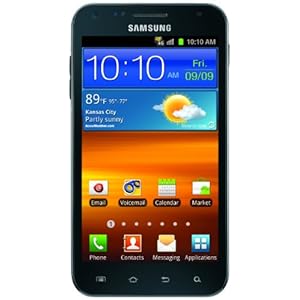HOW TO RECOGNIZE THE FREQUENCIES (a guide for dummies)
Hello and welcome to this week's article! Today we're going to talk about How to Recognize the most important Frequencies, in order to help you having a mental reference on where to intervene while Equalizing a sound.
Obviously we will try to point out and memorize just the main areas, and once there, we will still need to sweep with a Paragraphic Equalizer to find the exact frequency that we need to boost or cut, but it's pretty important to have a mental scheme: it will improve mixing a lot and make it much faster.
We're going to analyze the various octaves that covers almost the full spectrum of audible (20hz to 20'000hz); an octave is the double of a frequency, so if we choose as our first frequence to analyze the 63hz one, the second will be 63x2=126, the third 126x2=252 and so on.
63hz: this is the area of the low thump, it will give punch to kick and bass.
126hz: this is the first octave of the first frequency we analized (it's the double in hertz), and adds even more weight to the sound, especially of the bass.
252hz: the second octave of the first frequency (the double of the double), it's the "mud area", and it's often cut on guitars and snare drums to add clarity, because if it's too high it produces a "boomy" sound.
504hz: the third octave of the first frequency lies in the "cardboard area", becaused it makes the sound a bit "boxy". This is harmful for guitars, in facts this area is often widely scooped out, but adds weight to vocals and snare, and presence to the Reverb effect (that's why this area is often filtered out from the reverb Fx Tracks, because it tends to act uncontrollable).
1008hz: the fourth octave of the first frequency creates a telephone-like sound to the voice and gives it kind of an obnoxious horn-like effect, so it's better not to boost this area.
2016hz: the fifth octave of the first frequency gives bite to the guitars and attack to the snare, but too much boosting here will cause listening fatigue.
2500-3000hz: this is not a proper octave of a precise frequency, but it's called the "vocal area", and worth a mention since it's the range our vocals usually are, and it's the range the human ear is used to pick up most. It is therefore suggested to leave room on this area to let the vocals sit, also by cutting away some db from this area on the other instruments.
4032hz: the sixth octave of the first frequency causes the hissy effect on distorted guitars, and if left untamed can lead to a seriously harsh sound.
8064hz: the seventh octave of the first frequency brings out the brilliance of a sound, and works well to bring the vocals closer to the listener, but an excess on this area can also generate too much of a fizzy sound, especially on high frequency oriented sounds, like cymbals.
16128hz: with the eight octave, we're getting close to the end of the spectrum of the human audible (usually around 20000hz). This frequency adds some more air to the sound of the most high frequency oriented instruments, but needs to be listened very closely in order to be actually heard.
Hope this was helpful!





